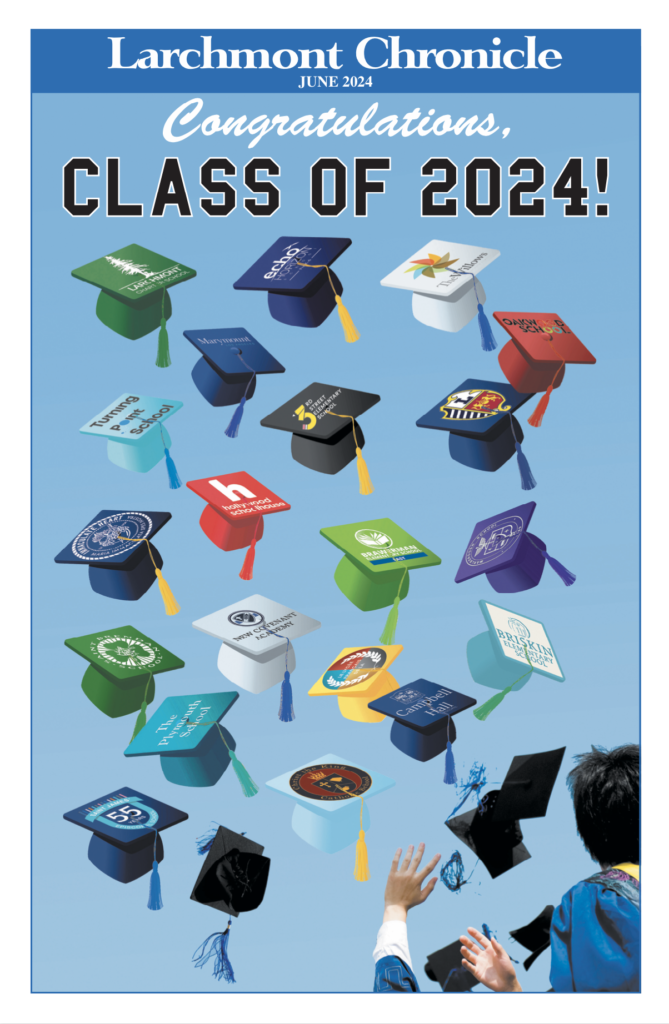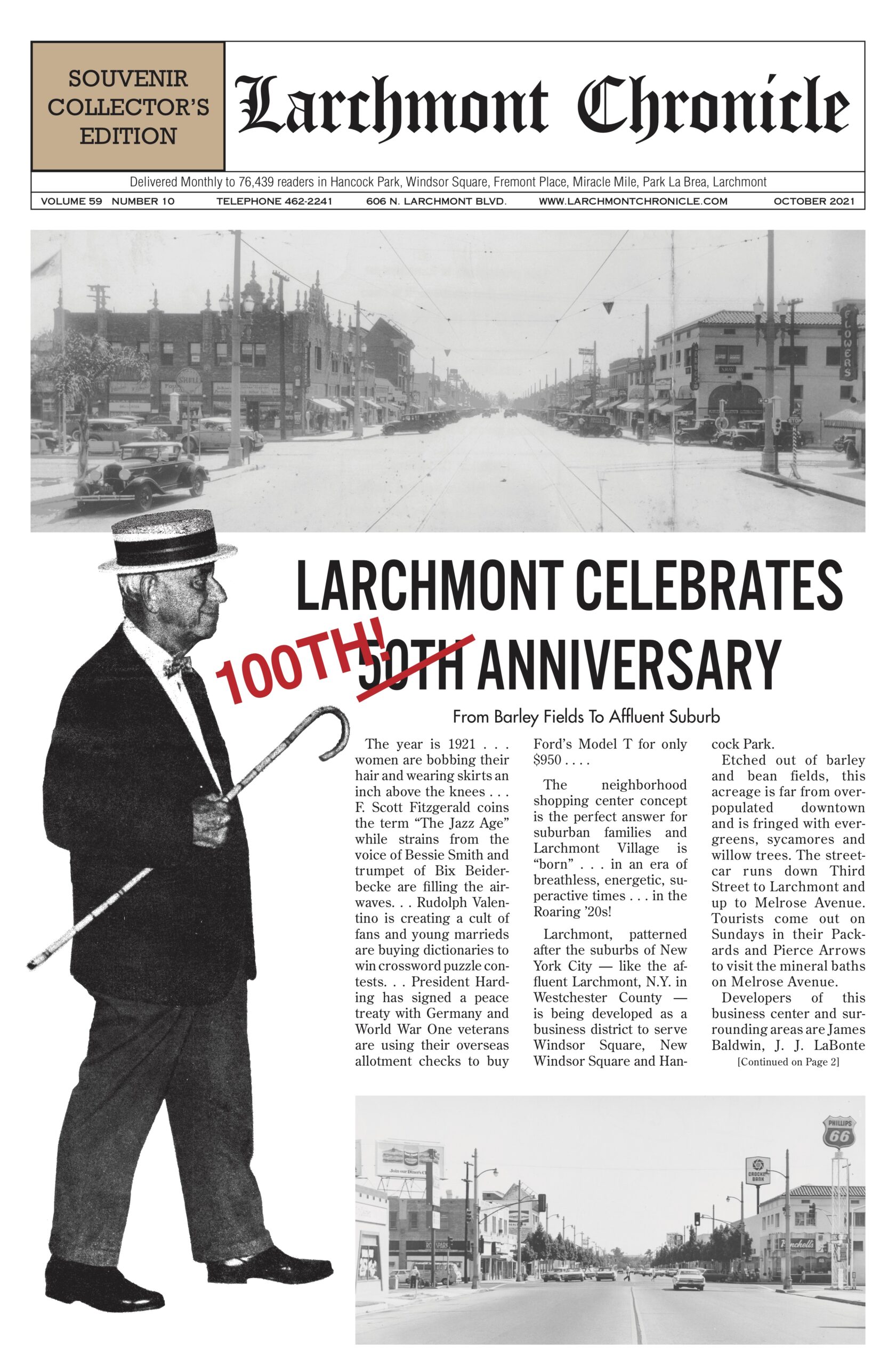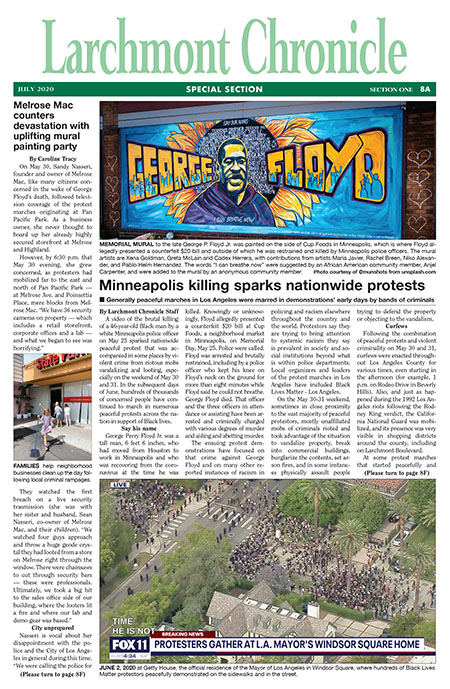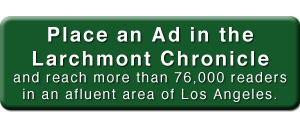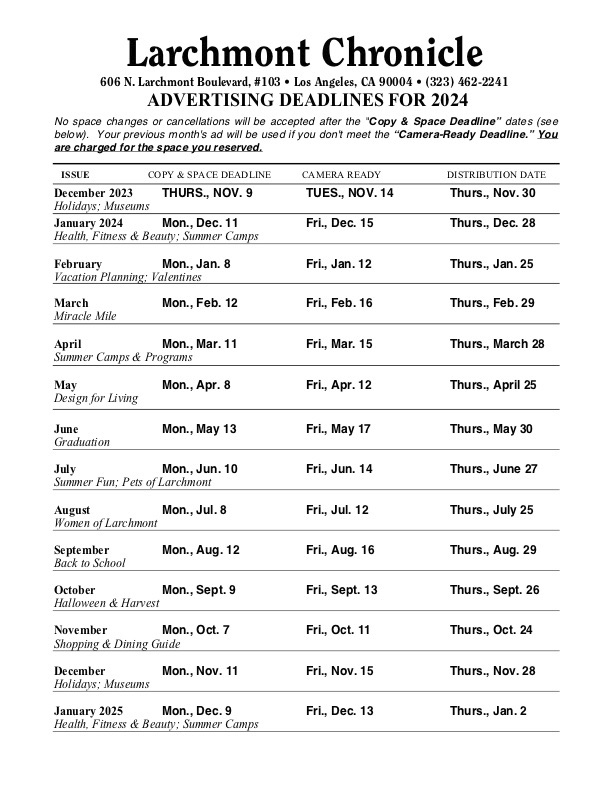Building a better forest — outsized outcomes in tiny spaces
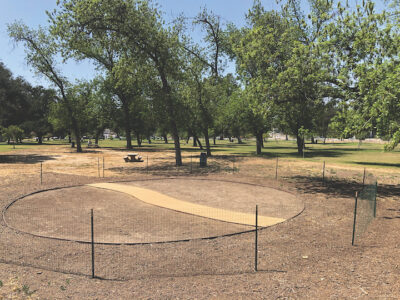
SITE OF FUTURE FOREST in Griffith Park. Photo by Zach Grossman.
As we grapple with pollution, climate change, soil erosion and threats to biodiversity, we should remember a lesson every child learns in elementary school: trees are good for the planet.
According to the Arbor Day Foundation, as quoted on the United States Department of Agriculture (USDA) website, “In one year a mature tree will absorb more than 48 pounds of carbon dioxide from the atmosphere and release oxygen in exchange.”
Mindful of the value of trees beyond their beauty, we plant greenery in parkways and along freeways. However, evidence exists that there is a more efficient protocol for aiding our planet and improving the quality of our lives.
Theory
In the 1970s the Japanese botanist Akira Miyawaki began thinking of forests as tree communities. He developed a reforestation approach of densely planting a mixture of native trees, the types that would have grown there before human influence. After preparing the soil with locally sourced supplements and analyzing historic and contemporary data on indigenous vegetation, the next step in the Miyawaki approach to a better forest is to plant a multiplicity of species in four distinct layers: lower shrubs, sub-tree layer, tree layer and taller-growing trees to form the forest canopy.
In direct contrast to traditional row plantings, used by loggers to replace the trees they cut down in the forest, the Miyawaki method imitates how trees develop in the wild, randomly spaced in heterogenous groupings, which encourages healthy competition among the greenery. Compact, diverse forests take hold very quickly, maturing 10 times faster than trees planted on a grid, and creating 20 times more biodiversity, an outsized outcome in a tiny space. After two to three years of human caretaking, the new forests become self-sustaining, making them very practical additions to urban, rural and traditionally forested landscapes, even in places with depleted, barren soil.
Theory into action
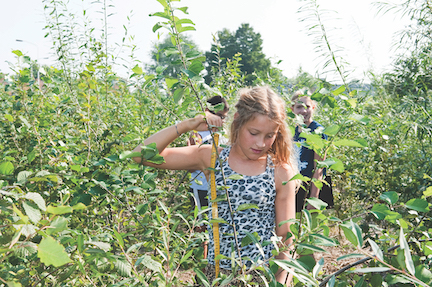
CHILDREN MEASURE FOREST GROWTH, same Netherland forest, at nine months. Photo courtesy Shubhendu Sharma, Afforestt
At least that’s the theory. Winner of the Blue Planet Prize, given by the Asahi Glass Foundation to recognize contributions to environmental science, Miyawaki put his theory into action, planting over 40 million trees in site-specific forests in Japan and 14 other countries, including China, where he oversaw restoration of the forest along the Great Wall.
Impressed by Miyawaki’s ideas, Shubhendu Sharma, an engineer for Toyota in Japan, created a standardized guide for the Miyawaki Method. His company Afforestt has advised on, and planted, reforestation projects worldwide. The TED Talk given by Sharma emphasizes that a forest of 300 trees can “grow on an area as small as the parking spaces of six cars — for less than the price of an iPhone.”
Sharma is not alone in picking up the tiny forest mantle. Nonprofits, corporations and governmental infrastructure programs worldwide have experimented with tiny space planting. The Miyawaki Method has been extensively tested in dry and alluvial tropical zones in Asia, South Asia and the Amazon, and tiny forests dot Europe, as well.
Since 2009, over 100,000 trees have also been planted in North America using the dense and diverse forestry concept, but only one has been tested in California’s Mediterranean climate. The Yokohama Tire Company Forever Forest initiative planted 3,900 trees in Fullerton on the grounds of what was then their headquarters.
Hancock Park Garden Club
Los Angeles soon will have a local opportunity to test the efficacy of the Miyawaki Method. The Bette Davis picnic area of Griffith Park, named for the actress who lived on nearby Rancho Drive, has been selected as a site for a new compact forest. In April 2021, the Board of Commissioners of the Los Angeles Department of Recreation and Parks (RAP) approved a proposal to plant a 1,000-square-foot circular micro forest with a bifurcating path for hikers to enjoy.
The Hancock Park Garden Club has provided RAP with the means for implementing the plan. Garden Club volunteers will install and maintain the forest for two years, by which time it should be fully established and self-sustaining, building a better forest for our community.
There soon will be more to see and learn at this latest, local implementation of the Miyawaki Method.
Category: News



